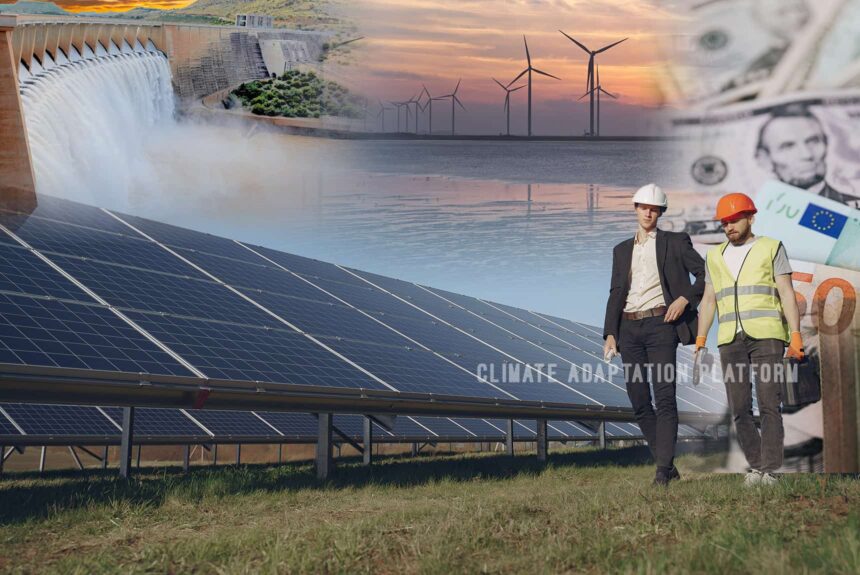Investing in renewable energy to increase generation and capacity is crucial in meeting the Paris Agreement goals – limiting average global warming by 1.5°C above pre-industrial averages by 2100.
This is an achievable goal, but only if governments clear some bureaucratic and financial barriers, The Economist article says.
Due to the fossil fuel crisis in 2022, capital investments in new renewable projects worldwide have exceeded oil and gas spending for the first time. The report from Rystad Energy says that investment in renewables is expected to reach US$494 billion in 2022 versus $US446 billion for oil and gas (Thanks to fossil, 2022).
The Economist article notes that American and European governments are spending billions of subsidies for clean technology over the next decade, and even China is doing it.
According to the International Energy Agency, the war in Ukraine has expedited Europe’s clean energy transitions, driving them to end its reliance on Russian fossil fuels by 2027 while increasing its share of renewable to 45% by 2030 (Renewables, 2022).
In the United States, the Inflation Reduction Act, passed in August 2022, has extended tax credits for renewables until 2032. By 2027, US annual wind and PV capacity additions will double compared with 2021.
China is set to install almost half of the new global renewable power capacity from 2022 to 2027. In India, the new solar PV installation will increase twofold by 2027. The US and India combined investment in Solar PV manufacturing will reach almost US$25 billion between 2022 to 2027.
However, some factors threaten to slow the pace of renewable investments, such as the length of time to obtain permits poses endless delays preventing new projects from breaking ground. Other factors include price caps on renewable energy, various government taxes, and the rising cost of construction materials that put investors off.
The IEA says that when governments lift these bureaucratic and financing barriers, renewable energy could grow by 25% by 2027.
Regarding taxes and price caps on renewable energy, investors can manage costs better when allowed to pass them on. And when government designs auctions to keep renewable energy generation cheap, it hurts investors and makes them incur significant losses.
“The four largest Western turbine-makers are losing money. In January, Orsted, the world’s largest offshore wind developer took a $365m charge on a big American project; on February 8th, the renewables arm of Equinor, Norway’s state-owned energy giant, reported a widening loss for the fourth quarter of 2022—despite an 81% jump in revenue compared with the same period in 2021. That week Duke Energy and Dominion Energy, two American firms, also booked charges of $1.3bn and $1.5bn, respectively, on chunks of their wind and solar portfolios” (The World, 2023).
If governments keep going in this direction, they are creating a false economy that discourages further investments in renewable energy needed for the future. And if investing in renewable energy remains attractive, green power will have to be sold at higher prices than governments would like, the article notes.
Source:
The world won’t decarbonise fast enough unless renewables make real money (2023, February 16). The Economist. Retrieved from https://www.economist.com/leaders/2023/02/16/the-world-wont-decarbonise-fast-enough-unless-renewables-make-real-money
Thanks to fossil fuel crisis, wind and solar payback time drops to one year. (2022, October 17). Climate Home News. Retrieved from https://www.climatechangenews.com/2022/10/17/wind-solar-investment-less-year-fossil-fuel-crisis/
Renewables 2022 Executive Summary. IEA. Retrieved from https://www.iea.org/reports/renewables-2022/executive-summary



Leave a Reply